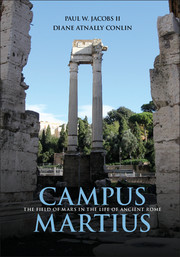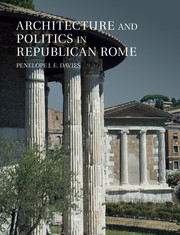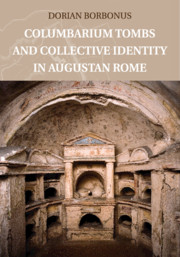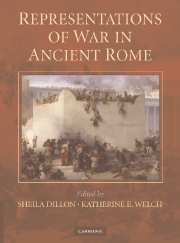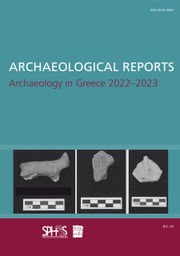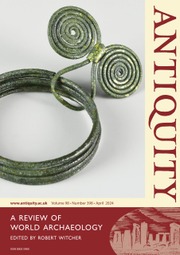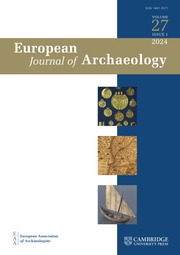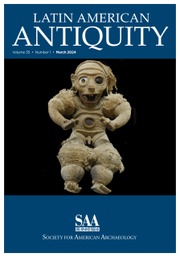Campus Martius
A mosquito-infested and swampy plain lying north of the city walls, Rome's Campus Martius, or Field of Mars, was used for much of the period of the Republic as a military training ground and as a site for celebratory rituals and occasional political assemblies. Initially punctuated with temples vowed by victorious generals, during the imperial era it became filled with extraordinary baths, theatres, porticoes, aqueducts, and other structures – many of which were architectural firsts for the capitol. This book explores the myriad factors that contributed to the transformation of the Campus Martius from an occasionally visited space to a crowded center of daily activity. It presents a case study of the repurposing of urban landscape in the Roman world and explores how existing topographical features that fit well with the Republic's needs ultimately attracted architecture that forever transformed those features but still resonated with the area's original military and ceremonial traditions.
- The first book in English to concentrate on a part of ancient Rome that is of great interest to both scholars and tourists
- Numerous discussions in notes about the scholarly debates over locations and uses of various ancient structures, which present launching points for further study by students
- Maps, color plates, numerous photos, a chronology of structures, and a glossary of architectural terms help students understand the development of the site
Reviews & endorsements
"Campus Martius by Paul W. Jacobs, II and Diane Atnally Conlin expertly reveals how the ancients transformed this expansive plain outside Rome into an architectural showcase. Strabo said the region ‘affords a spectacle that one can hardly draw away from’; the same could be said of this well-written, engaging book."
Diane Favro, University of California, Los Angeles
"Jacobs and Conlin have produced a meticulously researched and richly detailed account of the Campus Martius’ topographical history and development from the regal period through its decline and transformation in the medieval and early modern eras. Their book is the first definitive assessment in English of this vibrant component of ancient Rome’s monumental landscape."
Eric R. Varner, Emory University, Atlanta
"This useful contribution to the study of ancient Roman topography provides a highly readable assessment of one of the city’s most important regions, tracing its dramatic evolution from the regal period to the late empire."
Penelope Davies, University of Texas, Austin
Product details
January 2015Hardback
9781107023208
268 pages
260 × 183 × 17 mm
0.74kg
52 b/w illus. 10 colour illus. 5 maps
Available
Table of Contents
- 1. 'The size of the plain is remarkable': defining the limits of the Campus Martius in time and space
- 2. Gathering troops in the war god's field
- 3. 'Very costly temples': the Campus Martius and republican temple construction
- 4. 'Chariot races', 'three theatres', 'an amphitheatre' and more: entertainment in the Campus Martius
- 5. 'Colonnades about it in very great numbers': the porticoes of the Campus Martius
- 6. Between the Aqua Virgo and the Tiber: water and the Field of Mars
- 7. 'A zeal for buildings': reshaping of the space by the emperors
- 8. Conclusion: 'the rest of the city a mere accessory'
- Appendix A: chronology of development in the Campus Martius to the early fourth century CE
- Appendix B: glossary of architectural terms.

